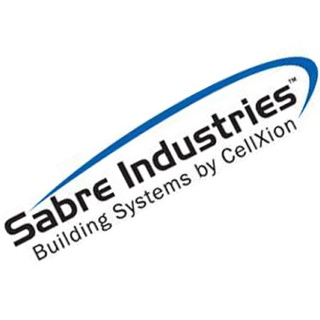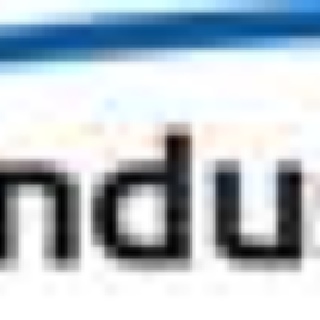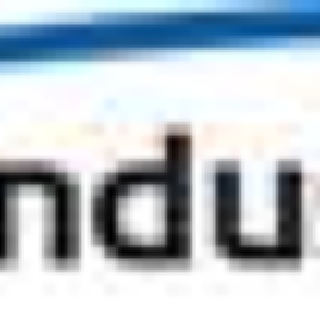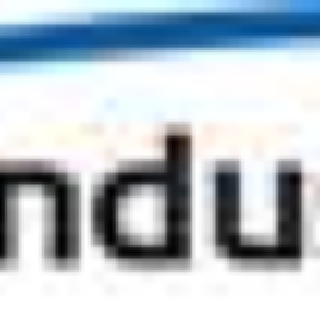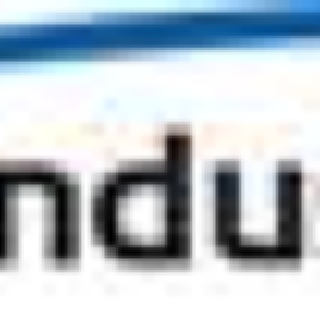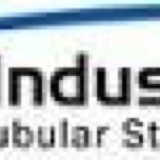Information
-
Document No.
-
Audit Title
-
Client / Site
-
Conducted on
-
Prepared by
-
Location
-
Personnel
-
Self Support
-
Guyed
-
Monopole
-
Rooftop
-
Water Tank
-
Other
-
-
Describe Other:
-
Scope of Work:
PART 1: JOB SITE DOCUMENTATION
-
A. Was a Job Hazard Analysis conducted, form completed and on site?
-
B. Are the applicable safety signs posted?
-
C. Is there a competent person on site?
-
Designated by company, able to recognize hazards, ability to stop work for correction of hazards.
-
D. Is someone on site certified in First Aid / CPR / BBP?
-
E. Has the emergency data form been filled out and posted?
-
F. Has a site-specific emergency rescue plan been developed and documented?
-
G. Is there a documented procedure for any overhead electrical hazards?
-
H. Are the MSDS's available for the materials being used on site?
-
I. Was a tailgate meeting held to review the scope of today's work, relevant safety issues, and provide tower climbers with am opportunity to provide input, raise questions, and participate in safety-related discussions as they pertain to work on this site?
PART 2: JOB SITE CONDITIONS (INCLUDE ENVIRONMENTALS)
-
A. Is the work site clean of trash?
-
B. Are materials stored properly and orderly?
-
C. Are measures taken to prevent access by unauthorized personnel to the site?
-
D. Are areas barricaded as required?
-
E. Is drinking water available?
-
F. Are chemicals, flammable and combustible liquids stored properly? (i.e., No plastic gas cans)
-
G. Are fire extinguishers of the appropriate size and type available, and current inspection tags?
-
H. Are plant and animal hazards addressed and documented?
PART 3: PPE
-
A. Are employees wearing hard hats?
-
B. Are employees wearing proper work boots?
-
C. Are safety glasses being used? (if applicable)
-
D. Are employees wearing gloves? (if applicable)
-
E. Are employees dressed in appropriate work clothing?
-
F. Is hearing protection being used? (if applicable)
PART 4: FALL PROTECTION EQUIPMENT
-
A. Do employees that are exposed to falls, have documented training?
-
B. Is fall protection equipment being inspected daily and documented?
-
C. Are all fall protection equipment tags legible?
-
D. If the work being performed requires fall protection, is it being used 100%?
-
E. Is the proper equipment available on site to complete the task?
PART 5: RF
-
A. Have RF hazards been considered? (if applicable)
-
B. Is there a procedure in place to reduce the RF exposure within statutory limits? (if applicable)
PART 6: HOISTS
-
A. Are daily inspections being completed with documentation on site?
-
B. Is the hoist operator qualified? (Certified through training or qualified through experience)
-
C. Are load charts posted and readily available to hoist operator?
-
D. Is there an operator's manual for the unit on site?
-
E. are headache ball markings legible?
-
F. Is end connection properly secured?
-
G. Are all hoists secured and properly anchored for the load intended?
-
H. Are hoist controls clearly identified?
-
I. Are hoist controls easily accessible to the operator?
-
J. Is the hour meter operational and functioning properly?
-
K. Are tow-way radios being tested daily, if being used?
-
L. Are all exposed moving parts properly guarded?
-
M. Is a hand signal chart posted and visible to all personnel on site?
PART 7: PERSONNEL LIFTING
-
A. Is the hoist approved for lifting personnel?
-
B. has a pre-lift meeting been held, documented and made available on site?
-
C. In the pre-lift plan, was the trial lift completed and documented?
-
D. If a personnel platform is on site, does it have an identification plate with the proper data in place? (Proper data includes: weight of the platform, maximum intended load, and employee capacity)
-
E. If a gin pole is being used, does it have a load chart?
PART 8: RIGGING & BLOCKING
-
A. Are proper rigging practices being utilized?
-
B. Is rigging equipment in good condition?
-
C. Are the tags on synthetic slings legible?
-
D. Is rigging equipment being inspected daily and the inspection documented?
-
E. Are tag lines in good condition?
PART 9: GIN POLES
-
A. Is gin pole rigging in good condition? (if visible)
-
B. Does the gin pole have an identification tag? (if visible)
-
C. Is the gin pole pre-job inspection form completed and on site or readily available?
-
D. Does the sheave in the rooster head match the wire rope? (if visible)
PART 10: LADDERS
-
A. Are units well maintained and in good working order?
-
B. Are ladders at the proper slope? (4:1 ratio)
-
C. Does the ladder extend 36 inches past the landing?
-
D. Is the ladder stable, on good ground?
-
E. Is the ladder set up correctly?
PART 11: WORKER INVOLVEMENT
-
A. Are daily tailgate meetings held on site with climbers to review the scope of the day's work, discuss relevant safety-related issues, and provide climbers the opportunity to provide input and ask questions?
-
B. Are climbers aware of the potential hazards and how to protect themselves?
-
C. Is there a procedure in place for climbers to report and correct identified hazards without fear of repercussions?
-
D. Did a competent person ensure that fall protection equipment was inspected prior to each use for damage, defect, or other deterioration by employees who have been trained in accordance with applicable standards?
-
E. if personnel hoisting is to be conducted, was an on site pre-lift meeting held with climbers and documented?
PART 12: COMMENTS
PART 13: OVERALL IMPRESSION OF VISIT
-
OUTSTANDING
-
ABOVE AVERAGE
-
AVERAGE
-
BELOW AVERAGE
-
Amount of time spent on this site visit:
-
Necessary to follow up with written documentation?
-
If any deficiencies were they corrected immediately?
-
Comments:
-
This report was reviewed with:
-
Auditors Signature:
-
Supervisors Signature:
-
Select date
DIRECTOR DEFICIENCY COMPLIANCE REPORT
-
ITEM #
-
Compliance completed by:
-
Noted deficiency:
-
Course of action:
-
ITEM #
-
Compliance completed by:
-
Noted deficiency:
-
Course of action:
-
ITEM #
-
Compliance completed by:
-
Noted deficiency:
-
Course of action:
-
ITEM #
-
Compliance completed by:
-
Noted deficiency:
-
Course of action:






